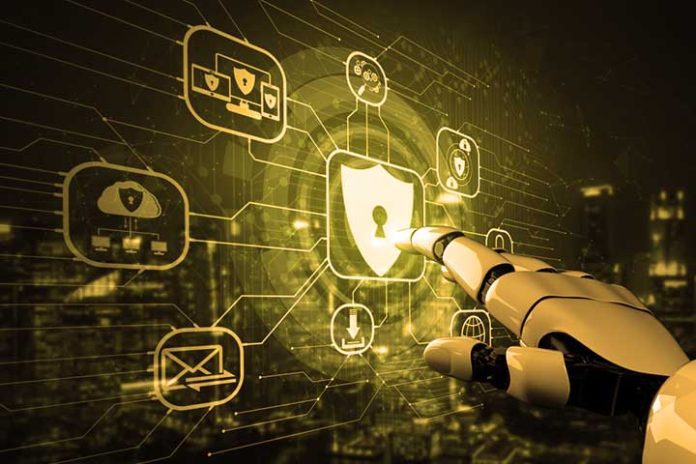Learn how security and data depend on each other and how AI and Machine Learning optimize and make them more efficient.
The trends of recent years, with the spread of the cloud and remote work, have generated benefits for organizations and new problems. The most urgent today relates to cyber attacks and data security. Let’s see what implications data has for security and security for data.
Data is companies’ most important asset, and guaranteeing its protection is a fundamental requirement for the normal functioning of processes and operations. Artificial intelligence (AI) and Machine Learning (ML) are emerging as the most appropriate technologies for identifying increasingly complex and frequent threats and their resolution.
Why implement Artificial Intelligence and Machine Learning in cybersecurity?
The use of AI within organizations extends to different aspects: increasing productivity, expanding sales and improving the consumer experience.
In recent times, the detection, prediction and response to cyber attacks in real-time have become as essential functionality as the previous ones in the face of the needs and limitations companies face. AI can continually learn by improving its knowledge to detect threats to data privacy and cyber risk. And to learn, you logically need data.
Uses of AI and ML in cybersecurity
Against this background, AI and ML appear as key technologies to strengthen data security in the digital age. On the one hand, AI refines the prevention, detection and response approach by analyzing the relationships between malicious files, suspicious IP addresses or inside information, reducing the time it takes security analysts to make critical decisions and deal with threats.
On the other hand, Machine Learning preemptively eliminates cyber threats and hardens security infrastructure through pattern detection, real-time cyber crime mapping, and extensive penetration testing.
The specific uses of both technologies are found in the following:
- Password protection and authentication
- Phishing prevention and detection control
- Vulnerability management
- Network Security/Data Flow
- Behaviour analysis
In short, in the face of threats that can quickly compromise the most critical operations of organizations, AI and ML have become fundamental tools to face the increasing volume and complexity of cyberattacks and become cyber-resilient companies. Hence data needs cybersecurity and data cybersecurity powered by AI and ML.

